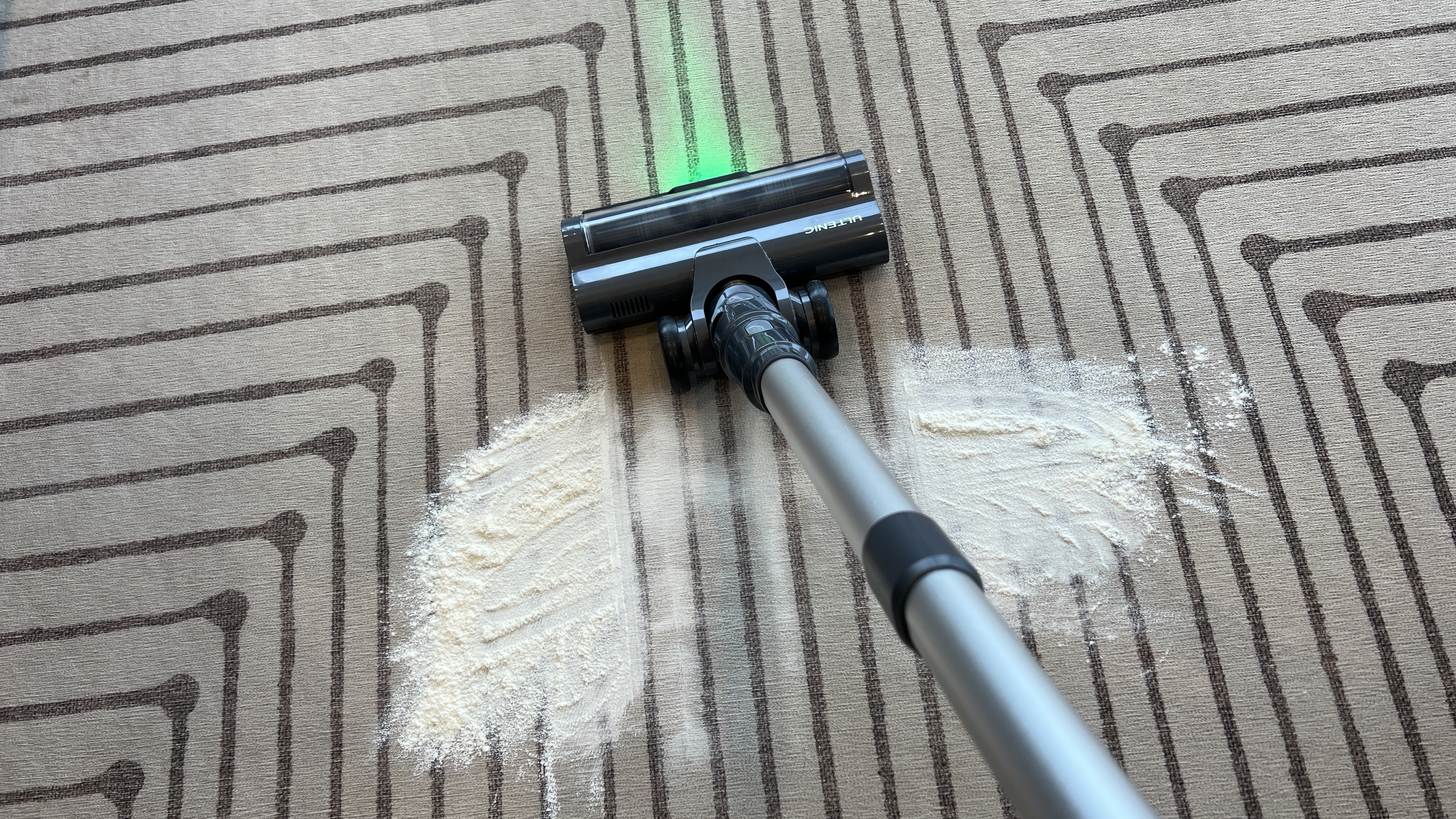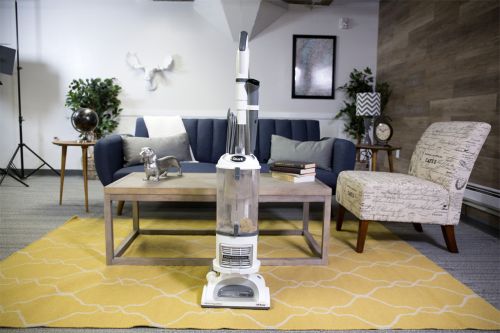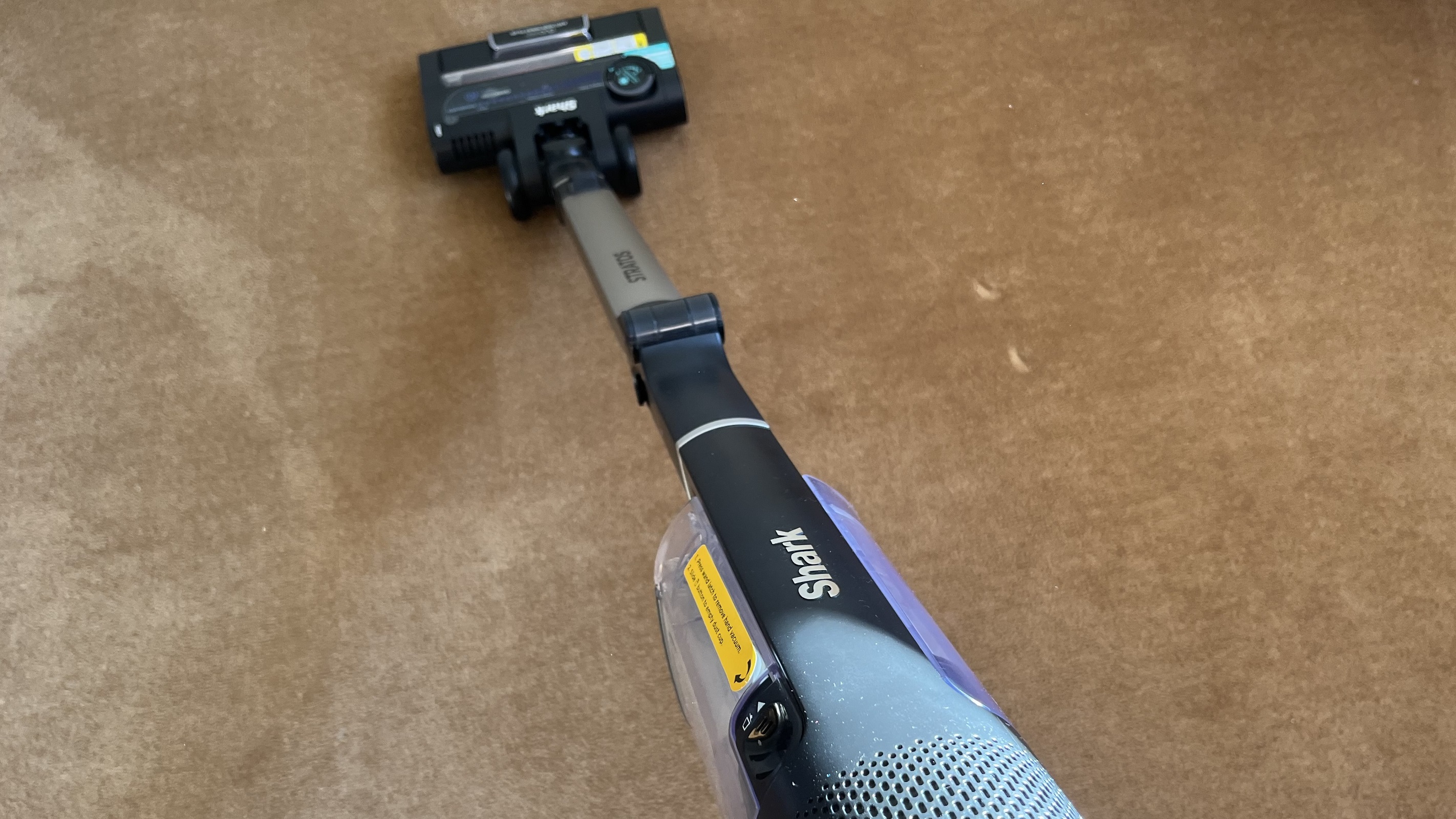
With so many options on the market around Black Friday and Cyber Monday, selecting a new vacuum cleaner can be overwhelming. From deciding whether to opt for an upright, stick or even a robot vacuum cleaner to comparing suction power, filters and extra features, it can be tough to sift through hundreds of fantastic deals to find your best vacuum cleaner.
Our expert guide cuts through the hype to help you figure out the right model at the right price for your needs. Here are eight key factors to consider when shopping for your perfect vacuum cleaner. And once you've done your research, be sure to browse all the best Black Friday vacuum deals.
1. Battery vs corded
When selecting a new vacuum cleaner, you'll need to decide between a cordless or corded model. Cordless vacuums provide complete freedom of movement without any cords limiting your reach or getting in the way. They are usually lighter than corded models and easy to carry upstairs. These days, advanced lithium-ion batteries can provide up to 60 minutes of cleaning time per charge. However, batteries must be charged frequently and can gradually lose capacity over time. Cordless models also tend to have less suction power compared to corded ones, although this is improving all the time.
Corded vacuums, on the other hand, offer consistently strong suction, which is ideal if you have deep carpets. You can vacuum your whole home without recharging, which is convenient if you’re short on time. Corded vacuums also offer larger dust cups, meaning fewer trips to the garbage. However, you'll need to unplug and replug when switching rooms, which can be annoying, and corded models are generally heavier and more challenging to haul upstairs.
2. What type of vacuum do you need?
There are four main types of vacuums to choose from, including upright, canister, stick and robot vacuum cleaners. Handheld are also available, although they’re unlikely to be your main vacuum cleaner.
Upright vacuums are ideal for carpet cleaning with powerful suction and large-capacity dust bins. However, they can be heavy and more difficult to maneuver around furniture and tight spaces. Canister vacuums are usually lightweight and easy to move from room to room as the canister rolls behind you as you clean. Stick vacuums offer ultra-lightweight, grab-and-go convenience, perfect for quick cleanups, but they can be expensive and require frequent charging. Finally, robotic vacuums deliver hands-free cleaning but may sometimes miss spots and get trapped under furniture. They’re among some of the most expensive vacuum cleaners on the market, too. But if you're looking for smarter home cleaning, feel free to read our guide on how to choose a robot vacuum cleaner.
Considering your home's floor plan and cleaning habits is crucial, as each of these vacuum cleaner types offers different pros and cons. Dan Young, Floorcare Manager at Miele GB, has more: "Firstly, it's important to research which features would be beneficial to your household and decide whether paying extra for those features is important to you. For example, if you suffer from allergies or are looking to benefit from fresher air in your home, you might consider investing in a vacuum cleaner with a comprehensive filtration system. Look for models with a HEPA or Hygiene Lifetime filter which will trap 99.98% - 99.999% of fine dust and in turn, release cleaner air back into your home."

3. Bagged or bagless?
Once you’ve decided on the type of vacuum you want, another important decision is whether you want a bagged or bagless model. Bagged vacuums trap all the dust and debris inside a disposable bag that must be replaced when full, so you’ll need to factor this into ongoing maintenance costs.
Andhi Ermawan, professional product tester and founder of MyProsAndCons advises going for a bagged vacuum if you have someone with allergies in your household. "Bagged vacuums do a better job keeping dust contained for allergy sufferers. The bag locks all those allergens in, so you avoid getting blasted when you empty it out. But if you hate buying bags, bagless models eliminate that cost."
Bagless vacuums collect dirt and debris in a reusable container that you empty. However, opening the container can allow dust to escape into the air, and without bags, the dust bin capacity is often lower, requiring more frequent emptying.
This advice doesn’t apply to robot vacuum cleaners, however. The choice you can make with these is whether to opt for manual emptying or self-emptying. Self-emptying robot vacuums can empty themselves into a docking station bin and continue cleaning, which can be more convenient if you’re not at home, but they tend to be more expensive and take up more floor space.
4. Consider suction power
Strong suction is essential for deep-down carpet cleaning. The higher the air watts or pascals, the greater the suction power. Look for models rated at least 12 air watts or higher for carpets and rugs. This enables the vacuum to thoroughly agitate the carpet fibers and lift out deep dirt, removing common allergens like dust mites and pet dander. Look out for vacuums that have cyclonic technology, such as Dyson. This keeps air flowing smoothly to maintain consistent suction and prevent clogs in the filter.
Weaker suction may leave some dirt behind and let particles resettle into the carpet pile over time, increasing the risk of allergies.
Some vacuums offer adjustable suction levels that allow you to reduce the power for gentle, hard floor cleaning and then boost it for carpets. Others do this automatically, using dust and particle sensors to increase power over areas with extra dirt. However, they tend to be more expensive, and you’ll need to recharge the battery more often on a cordless model.

5. Check the filter quality
A high-quality HEPA filter will trap dust, allergens like pollen and pet dander, and other fine particles that would otherwise get blown back into the air, improving your home’s air quality. A good filter is critical if you have people with allergies in your home. Many filters can be washed and reused instead of being replaced, which will save you money over time.
A good filter will also prevent dirt from entering and damaging your vacuum’s motor, maintaining optimal airflow and keeping your suction power strong. So, it's an essential factor that’s unwise to overlook. Check the filter specifications and research quality before you make your final purchase.
6. Consider extra features
Many vacuum cleaners come with additional nozzles and attachments which can help you clean hard-to-reach crevices, vacuum upholstery, or remove pet hair. Others provide self-cleaning brush rolls or rolls with de-tangling features. Some even provide real-time data on how much dirt and debris they’re lifting, feeding this information into an app which lets you create dust maps of your home.
This dizzying array of extra features and functions can seem overwhelming, so it’s a good idea to consider your cleaning habits, the layout of your home and your lifestyle, focusing on what features and attachments you actually need and which ones are likely to gather dust under the stairs. For example, if you have a pet, opting for a vacuum with a dedicated pet hair tool is a no-brainer, while an extendable stick can be a lifesaver for homes with high ceilings that need a regular spiderweb clearout.
Vova Even, a consumer trends analyst and shopping expert, has more. "You'd be surprised at the number of people who fail to take advantage of different attachments. For example, when you wash delicate, old furnishings, the crevice tool and upholstery brush in a vacuum are life savers."
7. Read reviews
Purchasing a robot vacuum cleaner that meets your household's needs is an important decision, as the best robot vacuums sell for well over a thousand dollars. Take the time to consider which features are essential and which are simply nice to have. Mapping out your home's floor plan and identifying trouble spots ahead of time will help you select a robot vac with the right navigation capabilities and features to handle your space.
Read reviews from trusted sources, such as Top Ten Reviews, to get the scoop on the latest models and how they compare on suction power, battery life, scheduling options, and effectiveness on carpets versus hard floors.
Reviews from customers who have purchased the vacuum cleaner will also give you insight into how the vacuum performs in a home environment, from suction power to ease of use. It will also help you determine if the brand has good customer service, a reliable warranty, or whether you can track down spare parts easily. With a bit of research, you'll be able to find a high-quality robot vacuum at a great price that will keep your floors free of dust and debris without breaking the bank.

8. Avoid a Black Friday bummer with a little research
When shopping for a new vacuum, it's important to research prices and compare deals across retailers. Big sales events like Black Friday and Cyber Monday will tout lots of impressive discounts. However, some retailers inflate prices ahead of time, so the deals look better than they are.
To find genuinely good deals, check vacuum prices over time using sites like CamelCamelCamel and Honey. Look at price history and trends to see typical pricing throughout the year, and don’t forget to compare prices across stores to ensure you get the best bargain on your new vacuum purchase. Enjoy the chase!







